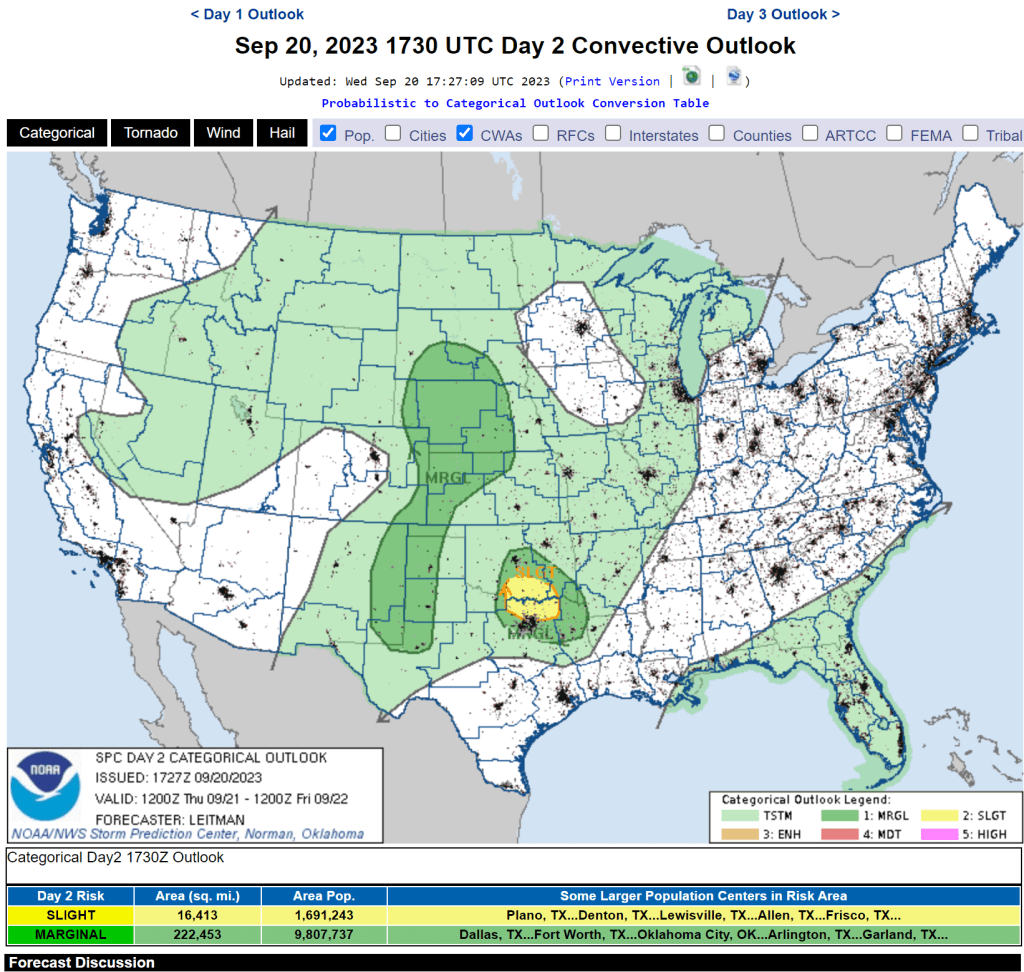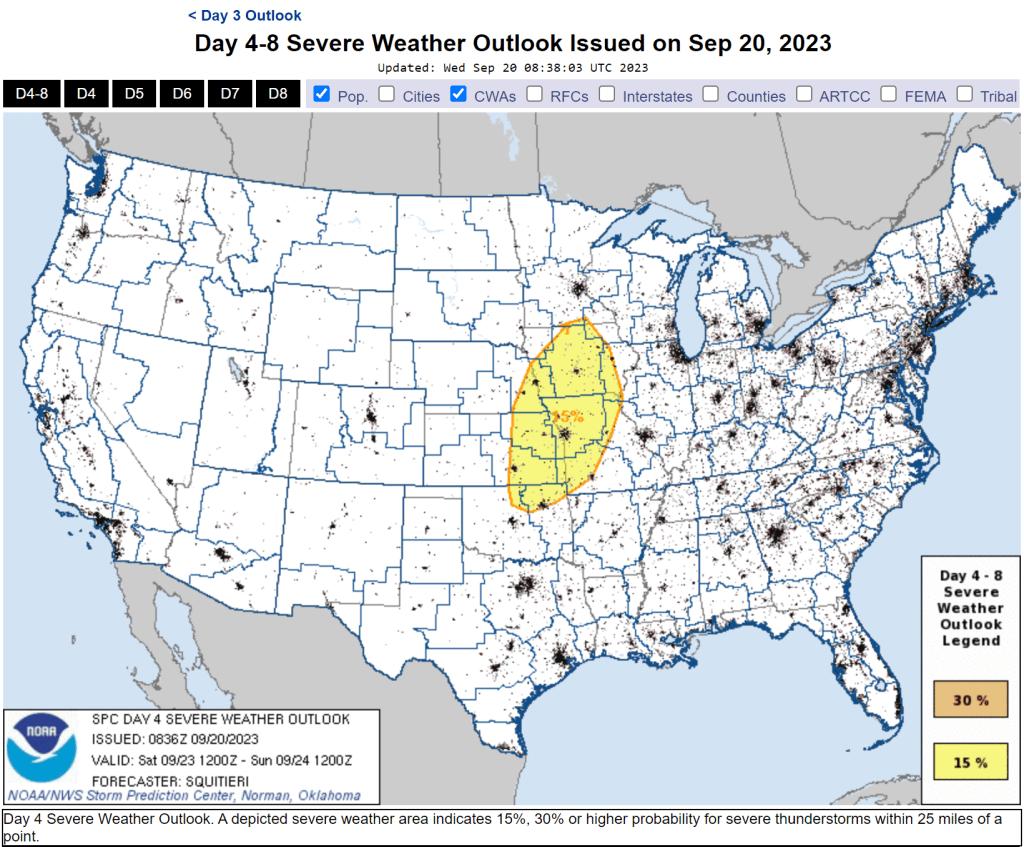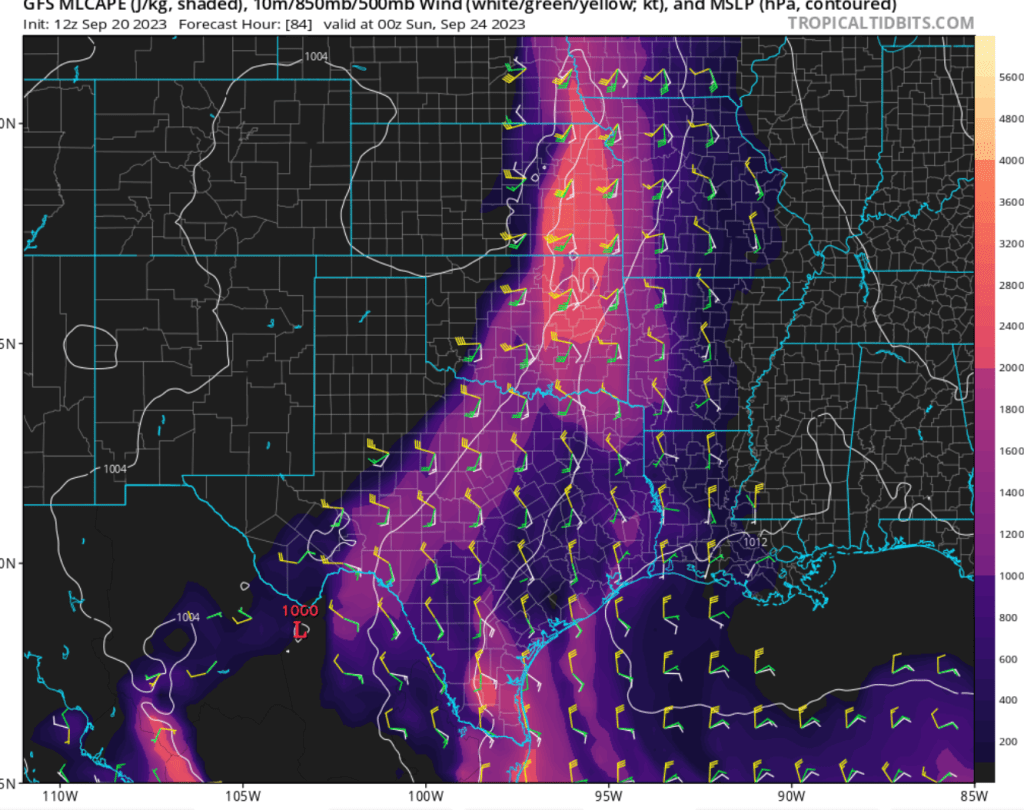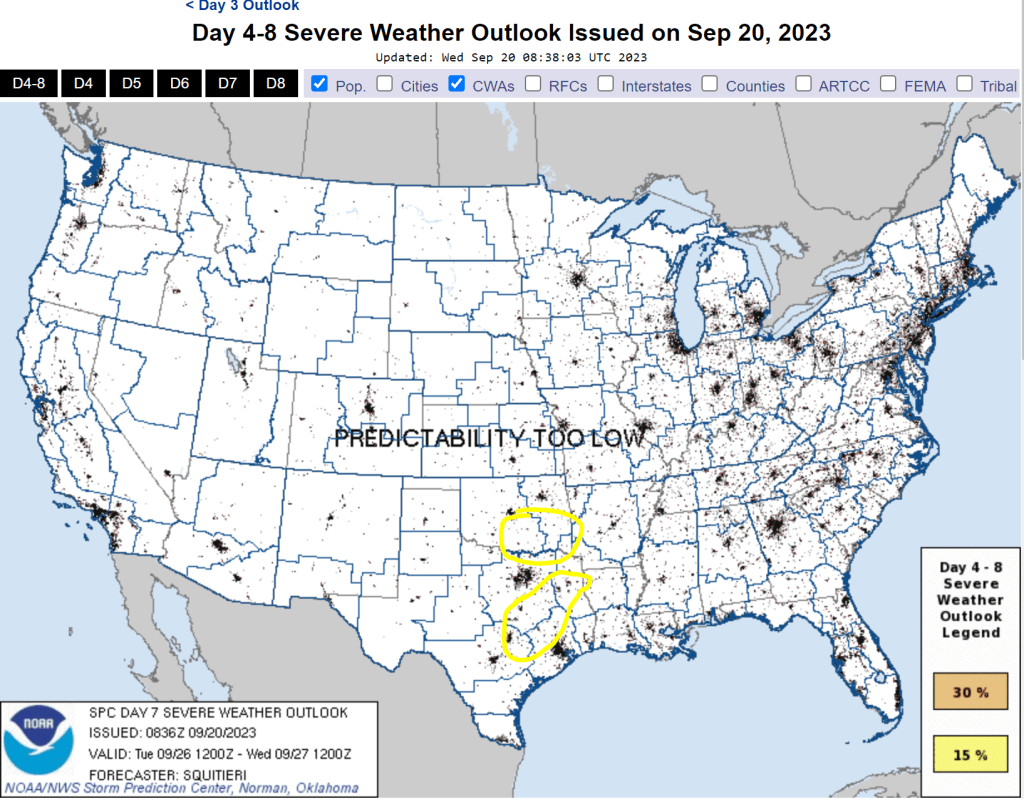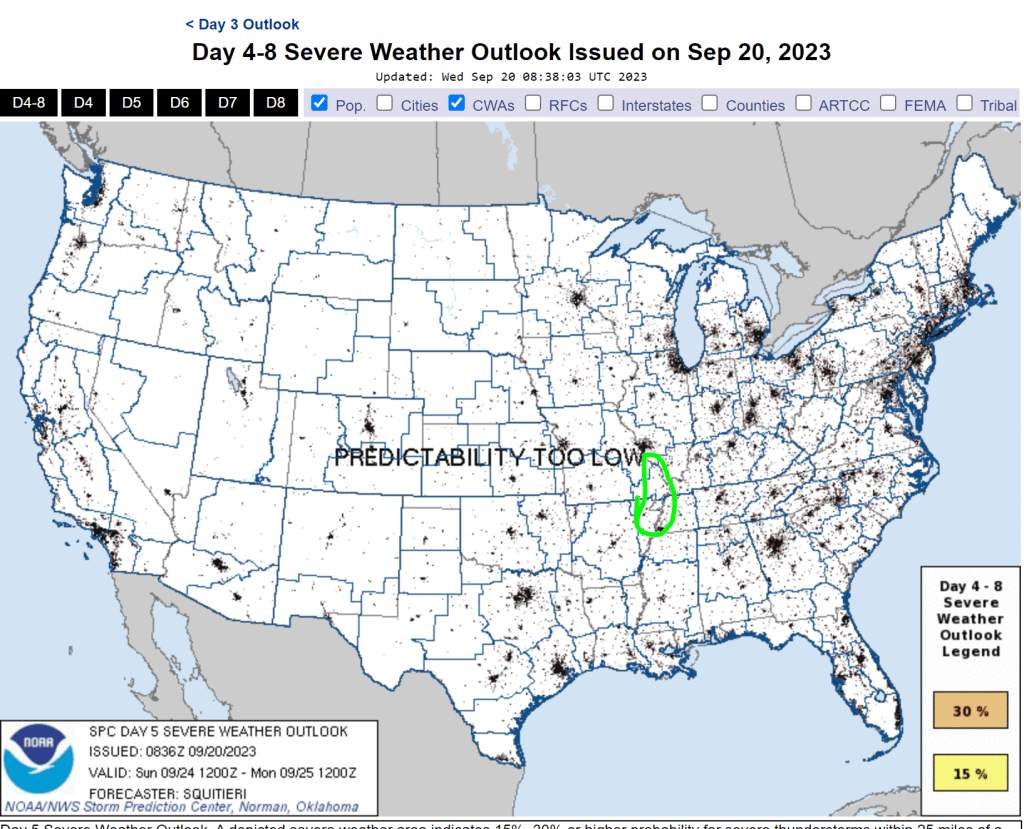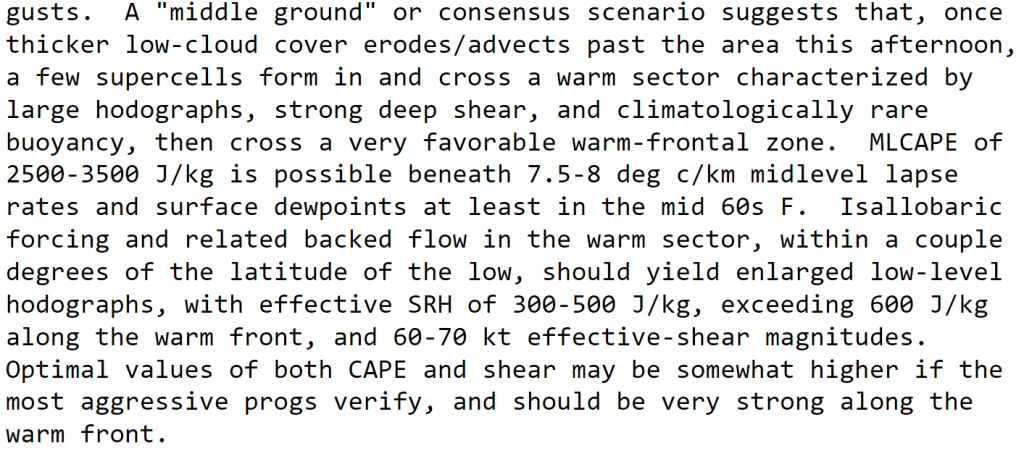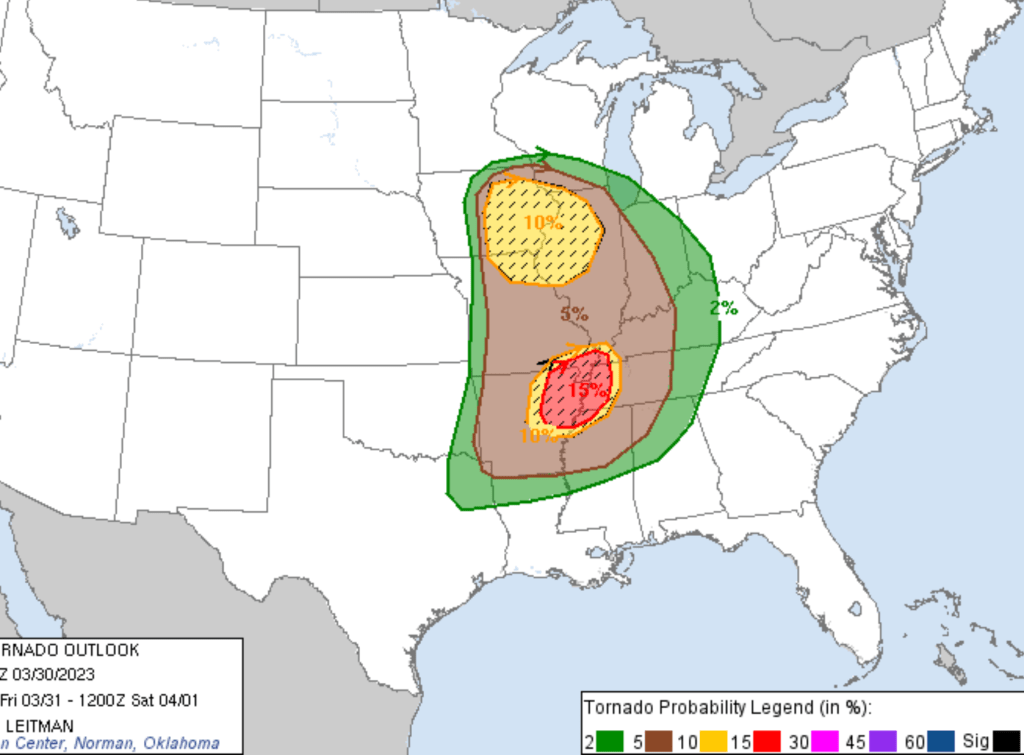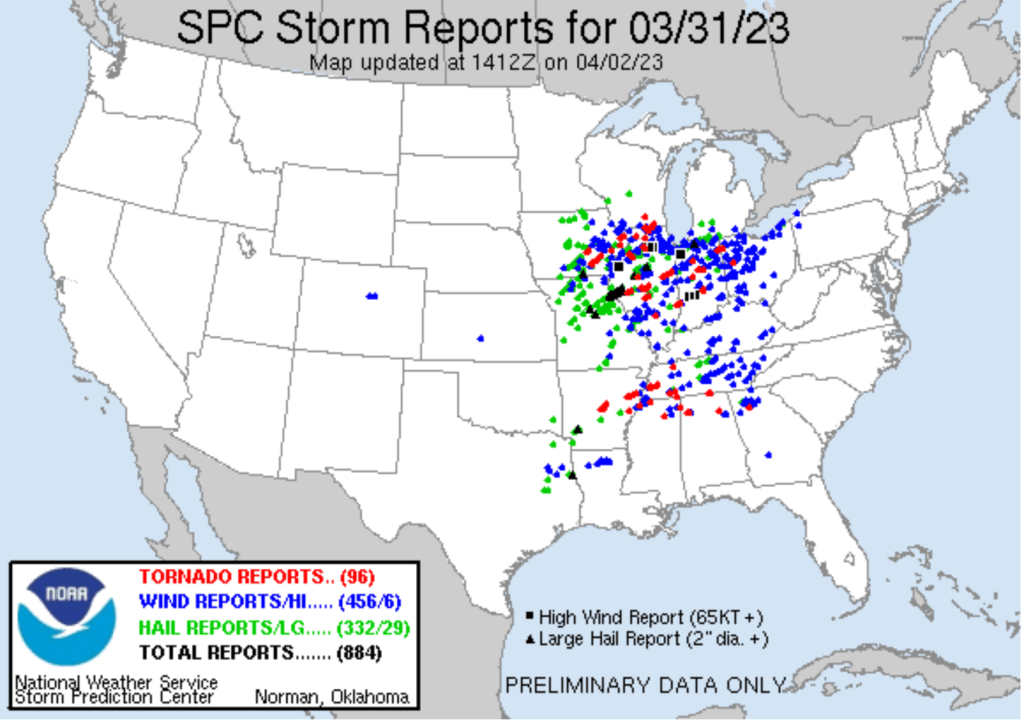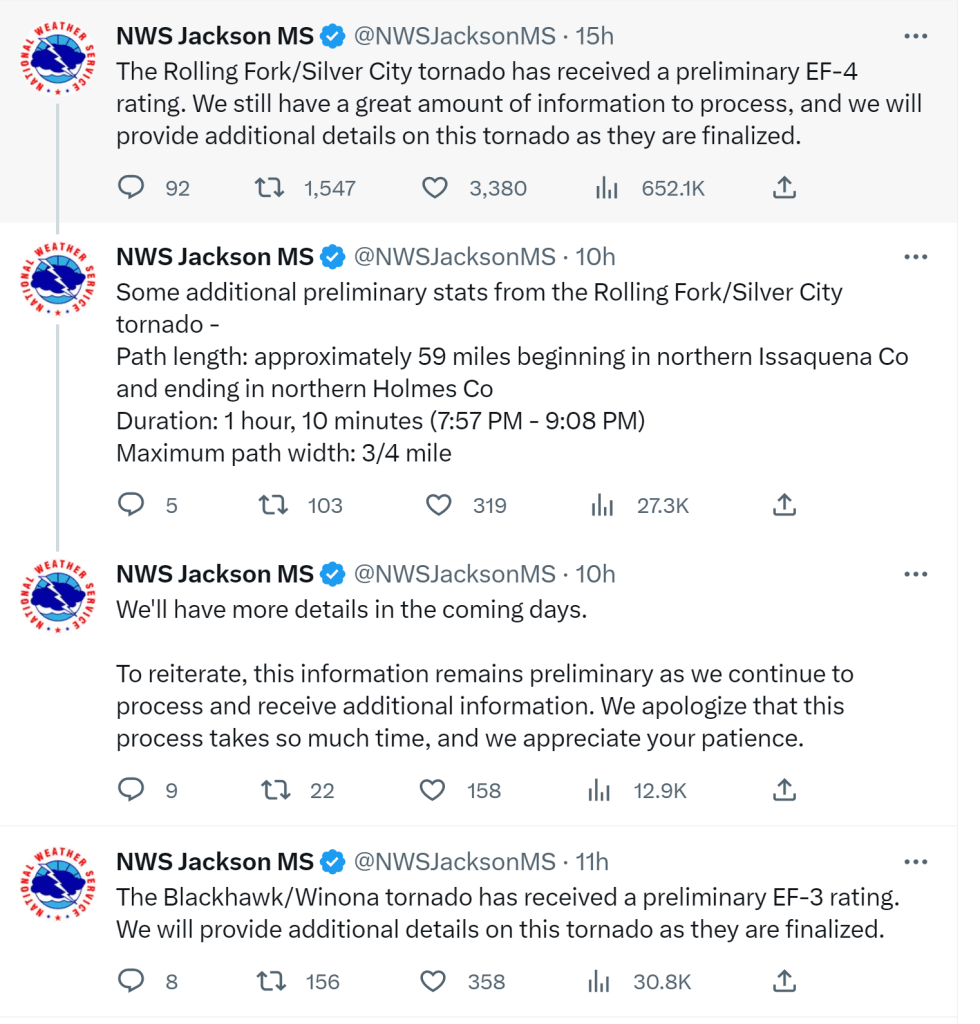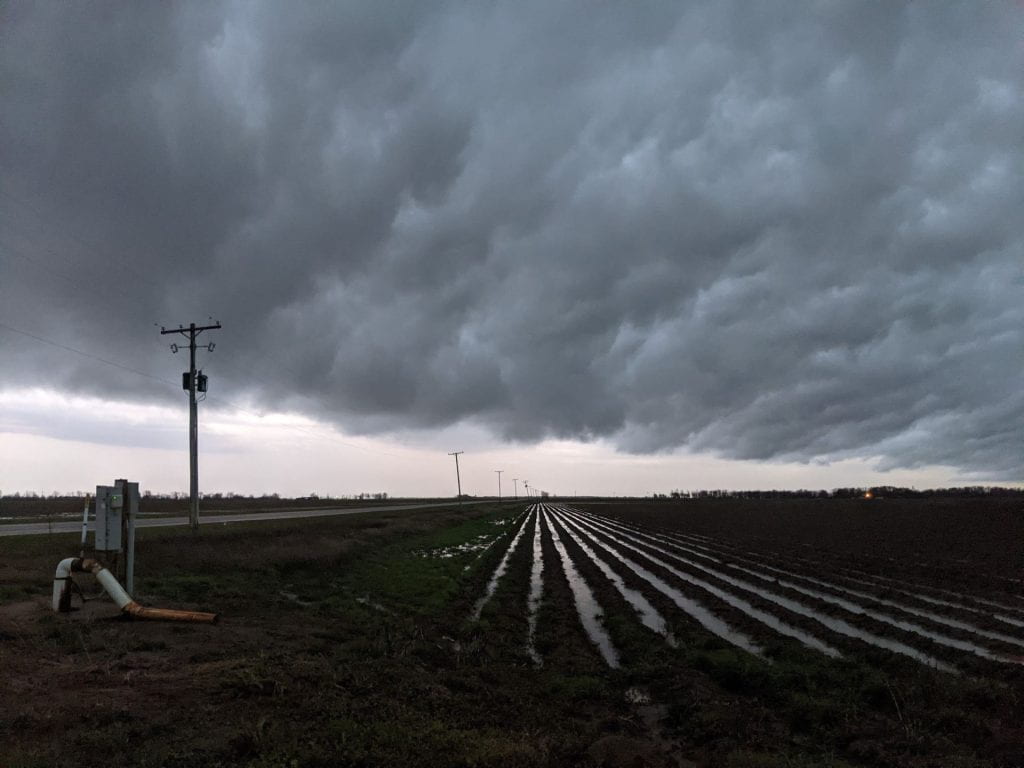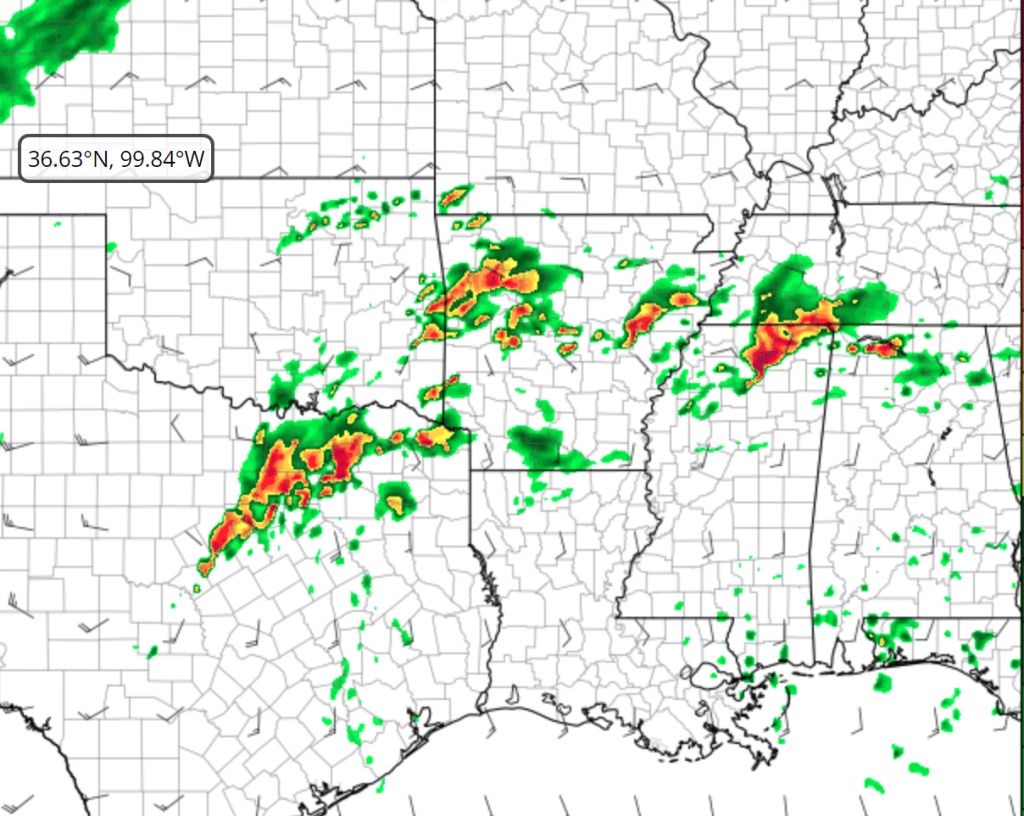Prompt: To what extent are citizens influenced by information from the political world versus being beholden to prior attitudes or dispositions (e.g., partisanship)? In answering this question, you are expected to draw upon the readings we have discussed to this point in the class (no external reading is required). Your paper should be 3 pages, double-spaced.
And here is the full text:
Gavin Fry
Professor Jerit
Does Democracy Work?
13 February 2022
Paper #2
Political information can and should inform public opinion. However, citizens’ prior attitudes and predispositions dictate how they process new information. Those with strong attitudes are likely to hold onto their prior beliefs. Therefore, they are more resistant to new information changing their opinions. Likewise, citizens are motivated to seek out information that aligns with their beliefs and dismiss opposing information (Lodge and Taber 2006). It is difficult for people to set aside personal biases and view new information through an objective lens in today’s political climate. Information can inform U.S. citizens, but facts come with interpretations that cater to prior beliefs and personal biases.
John Sides’s empirical study on public opinion of the estate tax shows that information can influence people. Most voters supported the repeal of the estate tax, even though the tax affected only the wealthiest individuals in the nation (Bartels 2004). In Sides’s 2007 study, he showed that only 40 percent of people supported the estate tax with no information (as a control). However, 51 percent of people supported the estate tax after receiving information about who pays the tax (Sides 2016, 398). Likewise, 62 percent of people supported the estate tax when presented with facts and rhetorical arguments for and against it. Therefore, facts can help people differentiate between less and more compelling arguments. Sides showed that facts could, theoretically, influence public opinion.
However, people’s prior attitudes and beliefs dictate whether information can influence their opinion. Lodge and Taber (2006) note that, “Ideally, one’s prior beliefs and attitudes… should ‘anchor’ the evaluation of new information and then, depending on how credible some piece of evidence is, impressions should be adjusted upwards or downwards” (755). Unfortunately, this idealized model is not the reality. Instead, people operate with disconfirmation and confirmation biases that lead to attitude polarization (Lodge and Taber 2006). For instance, people denigrate information and arguments that do not align with their prior attitudes (Lodge and Taber 2006). The stronger the prior attitudes, the less likely one is to evaluate new information objectively. Additionally, more people seek confirmatory information around their issue attitudes than opposing information (Lodge and Taber 2006). Lodge and Taber’s findings were most prominent among the politically sophisticated – those who have the strongest attitudes and motivation.
How can we reconcile both Sides and Lodge and Taber’s empirical studies? Sides showed that factual information could influence public opinion. However, Lodge and Taber find that preexisting attitudes – and subsequent biased information processing – limit the influence of new information. Sides’s empirical evidence is valid in an idealistic sense. The participants received information about who pays the estate tax, and many shifted their views. Sides reaches an optimistic conclusion that people can be influenced by facts, even above rhetorical arguments. I agree with the notion that information can influence public opinion, but the structure of this study does not represent the real-world conditions that lead to attitude polarization. People regularly seek information that aligns with their interests (Lodge and Taber 2006). Citizens rarely encounter isolated facts about an issue in today’s political world, as Sides presented them. Information readily available today is rarely given as straight facts. Most often, interpretations of the facts bolster disconfirmation and confirmation biases. Therefore, even if information (isolated facts) influences public opinion in a controlled, experimental sense, as in Sides’s study, predispositions outweigh factual influence in today’s political world.
Today’s political environment caters to people’s prior attitudes and bolsters biased reasoning. Sides’s study dismisses the fact that most people seek out information that aligns with their prior attitudes (Lodge and Taber 2006). Consequently, people encounter information with interpretations that cater to their belief system. Lodge and Taber’s study better represents the “real-world” conditions that lead to attitude polarization (2006). They show that people operate with confirmation and disconfirmation biases that may reject new information. Sides’s findings are relevant in a theoretical sense; however, people do not receive isolated facts around an issue in today’s media environment. They dismiss challenging information and absorb information that aligns with their predispositions. As a result, people’s beliefs will stay fastened to prior attitudes, and their rigidity suppresses openness to new information.
People can be influenced by unbiased political information, but today’s political climate makes it difficult. Citizens are motivated to seek out information that confirms their prior beliefs. Additionally, people view opposing arguments and information through a biased lens (Lodge and Taber 2006). If people are influenced by information today, they must set aside prior beliefs and be open to new information. Today’s polarized political climate dampens the ability to be flexible in one’s beliefs. To summarize, information can persuade the U.S citizenry. However, it is up to the individual to set aside prior attitudes and be flexible in their beliefs to allow new information to inform them. Unfortunately, prior beliefs and attitudes influence people more than information in modern society.
References
Bartels, Larry M. “Unenlightened Self-Interest.” The American prospect 15, no. 6 (2004): A17–.
Krosnick, Jon A. “Government Policy and Citizen Passion: A Study of Issue Publics in Contemporary America.” Political behavior 12, no. 1 (1990): 59–92.
Sides, John. “Stories or Science? Facts, Frames, and Policy Attitudes.” American politics research 44, no. 3 (2016): 387–414.
Taber, Charles S, and Milton Lodge. “Motivated Skepticism in the Evaluation of Political Beliefs.” American journal of political science 50, no. 3 (2006): 755–769.

